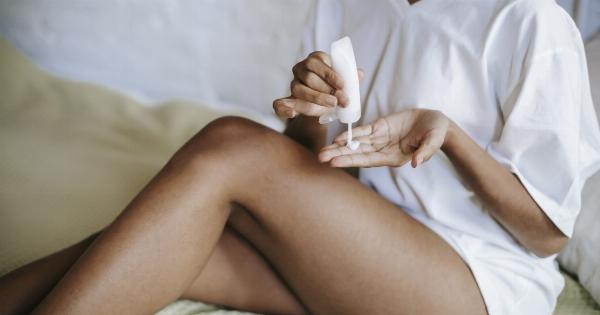Sexual desire and mood can vary greatly from person to person and even day to day. While it is true that women’s sexuality is diverse and complex, it is not accurate or fair to claim that most women are in the mood for sex today.
Women, like men, have individual desires, fluctuating libido, and various factors that influence their sexual inclinations. It is essential to acknowledge and respect these individual differences when discussing women’s sexual needs and desires.
The Complexity of Female Sexual Desire
Understanding female sexual desire goes beyond generalizations.
Each woman’s desires, preferences, and libido can vary based on a wide range of factors, including hormonal fluctuations, emotional well-being, relationship dynamics, stress levels, and overall health. What might make one woman eager for intimacy could have the opposite effect on another.
Furthermore, the concept of desire itself isn’t always straightforward. Some women experience spontaneous desire, meaning they feel an urge for sex without any external sexual stimuli.
Others have responsive desire, meaning they become interested in sexual activity once they engage in it and experience arousal. Therefore, assuming that most women are in the mood for sex on a particular day oversimplifies the complexity of female sexual desire.
Individual Differences Matter
Women, just like men, are not a monolithic group when it comes to sexual desire. Each person has a unique set of experiences, beliefs, and preferences that shape their sexual desires.
Cultural, societal, and personal influences all contribute to how one perceives and expresses their sexuality.
Generalizing the sexual desires of women can perpetuate stereotypes and lead to misunderstanding and disappointment in relationships.
Instead, it is crucial to communicate openly and honestly with partners about desires, preferences, and consent to ensure both parties feel satisfied and respected.
The Impact of Emotional and Psychological Factors
Many women find that their emotional and psychological state greatly influences their sexual desire. Stress, anxiety, depression, and relationship issues can all play a role in dampening sexual interest.
Conversely, feelings of happiness, security, and emotional connection can enhance desire and create a more receptive attitude toward intimacy.
It is essential to recognize and address these factors when discussing women’s sexual desire.
Instead of assuming that “most women are in the mood for sex today,” it is more accurate and helpful to acknowledge the complex interplay between emotional well-being and sexual desires for each individual.
Respecting Boundaries and Consent
Another critical aspect of discussing women’s sexual desire is the importance of boundaries and consent. Regardless of societal myths or expectations, consent is the key foundation for any sexual encounter.
Assuming that “most women are in the mood for sex today” disregards the autonomy and agency of each individual woman.
Respecting boundaries, seeking enthusiastic consent, and understanding that desire can fluctuate not only fosters healthy relationships but also helps dismantle harmful stereotypes or expectations.
It is vital to prioritize open communication and mutual respect when it comes to intimate relationships.
Factors That Influence Female Sexual Desire
While generalizations about women’s sexual desire should be avoided, there are common factors that can influence female libido. Some of these factors include:.
1. Hormonal Fluctuations
Hormonal changes throughout the menstrual cycle can impact sexual desire. Some women may feel more sexually inclined during certain phases of their cycle, while others may experience a decrease or no change in desire.
2. Stress and Fatigue
High levels of stress and daily fatigue can greatly affect a woman’s mood for sex. Overwhelm and exhaustion can decrease sexual desire and inhibit one’s ability to engage fully in intimate experiences.
3. Relationship Dynamics
The quality of a woman’s relationship can significantly impact her sexual desires. Emotional connection, trust, and communication with a partner play a crucial role in creating a safe space for sexual expression and desire to flourish.
4. Body Image and Self-esteem
A woman’s body image and self-esteem can influence her sexual desires. Feelings of insecurities or negative body image may affect one’s confidence or comfort in engaging in sexual activities.
5. Cultural and Societal Factors
Cultural and societal norms, expectations, and taboos surrounding women’s sexuality can shape their desires. Recognizing and challenging these influences can lead to a more liberated and authentic expression of sexual desire.
Seeking Healthy and Individual Sexual Relationships
Emphasizing open communication, mutual respect, and consent can help foster healthy and fulfilling sexual relationships.
Taking into account the individuality and complexity of female sexual desire allows for a more nuanced understanding of women’s needs and preferences.
Conclusion
It is inaccurate and unfair to state that most women are in the mood for sex today. Female sexual desire is diverse and influenced by a variety of factors.
Emphasizing individual differences, understanding the complexity of desire, and promoting communication and consent are essential to creating fulfilling relationships.































